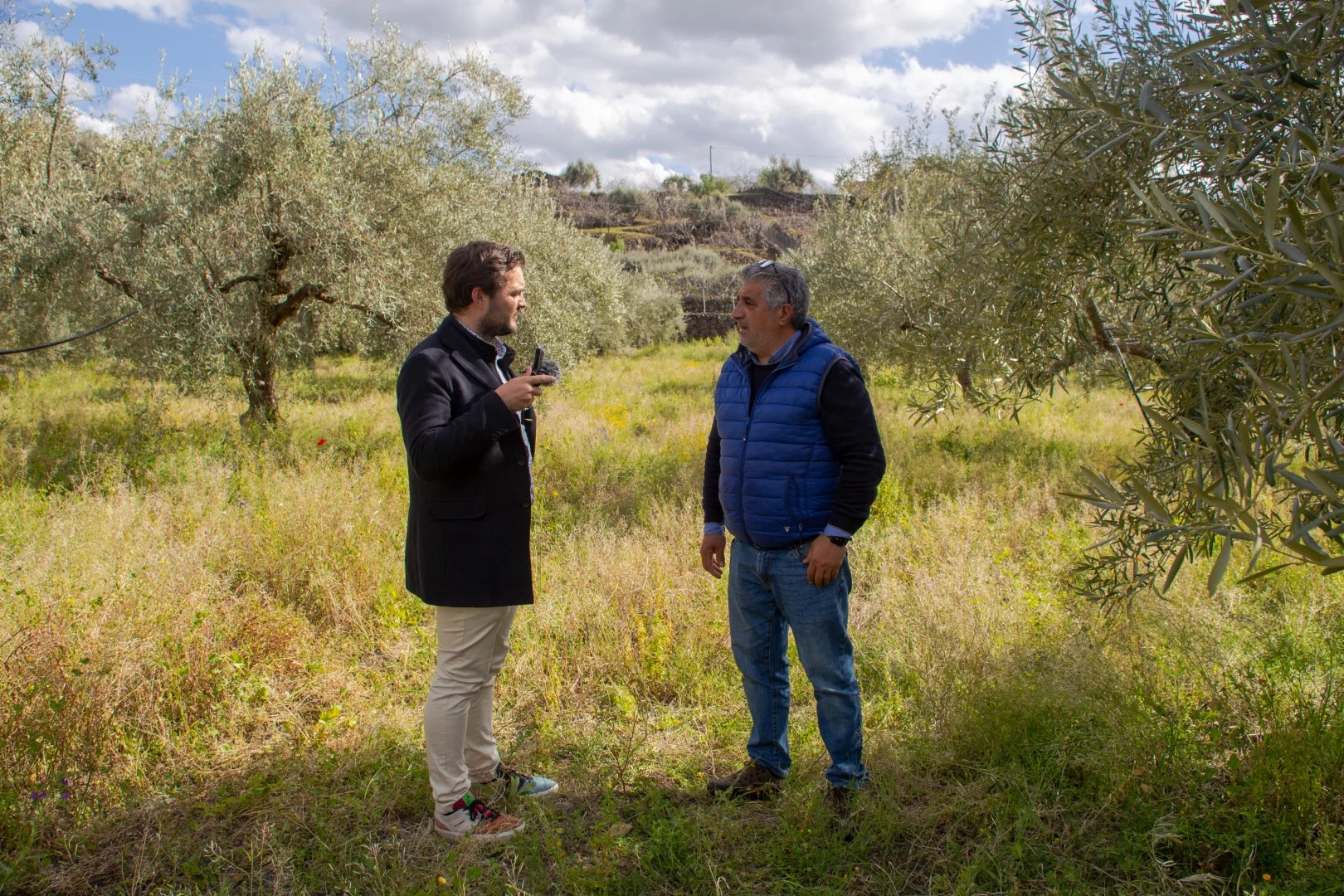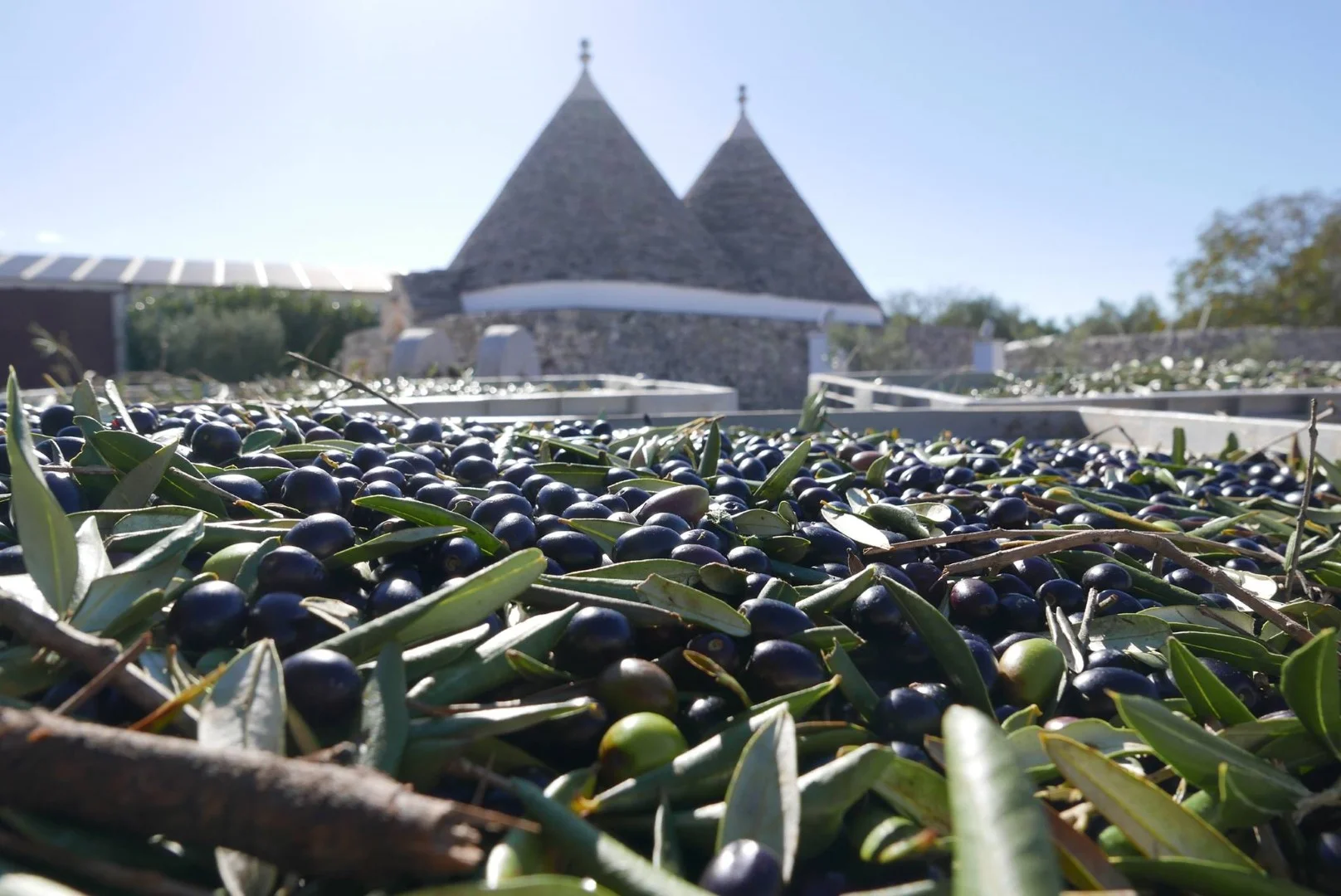.png&resolution=720x0&quality=95)
Olive oil
Scarcity leads to higher prices and more tampering.
The price of olive oil has skyrocketed in recent years, with the last year setting an absolute record. Unfortunately, our farmers are also feeling the pinch, leading to increased prices for us as well. This surge has many causes. Harvests are being affected by droughts in Southern Europe and by increasing olive diseases spread by insects. Moreover, labor costs for olive picking are rising, and it's becoming increasingly difficult to find people for this task. Together, these factors contribute to a high price of the basic product: the olive. Additionally, producers are facing inflation in packaging materials and the energy required in the production process. Price hikes are evident across the entire market spectrum, affecting both small-scale quality oil production and mass-produced supermarket varieties.
There are several ways to deal with the increased price of olives. Large industrial brands (found in supermarkets) have always had a questionable reputation when it comes to making "real Italian olive oil". There are examples of companies buying cheap olives in Tunisia or Algeria and then pressing them in Italy days later to be able to call it Italian olive oil. There's probably nothing wrong with these North African olives, the problem lies in the location of the press. The most important thing in the olive oil production process is to minimize the time between harvesting and pressing. With North African olives and an Italian press, this is inevitably more difficult than when the olive tree is just a few kilometers from the press. It leads to olives that have been oxidizing much longer, affecting the taste of the oil but also crucial antioxidants, unsaturated fats, and vitamin E.

Refined Oil? What?
Poor quality olives, because they have fallen to the ground well before harvesting or for some other reason are highly oxidized before pressing, have a high acidity level (about 3%). You can lower this acidity level by subjecting the oil to a complex refining process to remove the bad taste and smell from the oil and make it suitable for consumption.
The "keuringsdienst van waarde" explains what this refining process entails here.
This refining process, however, not only removes the negative properties from the oil. All the good properties, such as antioxidants, unsaturated fats, and vitamin E, are lost. The result is an oil without odor, taste, or color.
The tampering doesn't stop there. Various recent news reports indicate that even the composition of the oil is no longer guaranteed. Cheaper alternatives, such as sunflower oil and refined olive oil (olive oil made from waste olives), are increasingly being mixed with extra virgin olive oil.
In large laboratories, "olive oils" are mixed with color and flavorings to create something that resembles real olive oil. Unfortunately, this tampering has become more profitable in recent years due to rising olive oil prices. Fortunately, we hear more and more that inspections are leading to the cessation of these practices, but there is still a long way to go.
Not every industrial olive oil producer is guilty of these practices, but mixing different oils, whether it's tampering with sunflower oil or simply blending different olive oils, leads in our opinion to uninteresting, tasteless oil that has lost all the healthy properties of olive oil.
So, how do you make sure you buy the healthy, flavorful, real variant? You've probably guessed it: buy from the small-scale farmer. The trees are close to the press, there are no large laboratories where different oils are mixed, just a mechanical olive press that produces beautiful olive oil from high-quality olives.
A passionate farmer, who comdems these practices with great Italian gestures, completes it for us.




.png?resolution=322x0&quality=90&type=webp&background=FFFFFFFF&force_jpg_crop=1)
.jpg?resolution=322x0&quality=90&type=webp&background=FFFFFFFF&force_jpg_crop=1)
.jpg?resolution=322x0&quality=90&type=webp&background=FFFFFFFF&force_jpg_crop=1)